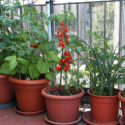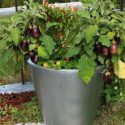For centuries, beets have undergone a slow metamorphosis which has lead to the plant we know today, with its sweet, swollen root. Other than the round, purplish-red beets, we have developed tens of cultivars with the most diversified shapes, colours and tastes. As they are very easy to grow, beets should have a place in every vegetable garden. Beets love to be in full sun and appreciate rich, clayey soils that are light, loose and well drained, and whose pH varies between 6.0 and 7.5. Beets are moderately demanding vegetables, so adding only a little PREMIER® BIO-MAX® Composted Cattle/Steer Manure before seeding will do the trick. If you wish to add a fertilizer, choose a natural slow release fertilizer that contains high amounts of phosphorus and potassium, but little nitrogen. If you wish to grow beets in your garden next spring, know that they are generally sold as seeds. In-ground seeding can be done a few weeks before all risks of frost have been eliminated in your region. In Montréal, Ottawa and Toronto, i.e. in zones 5 and 6, beets can be seeded in late April or early May, at a depth of about 13 mm (1/2 in) and at a distance varying between 5 and 10 cm (2 to 4 in) depending on the cultivars grown. As beets appreciate stable moisture rates, you must also water them on a regular basis. Water your plants twice a week, and three times a week in extreme heat periods. Do not let the soil dry out completely. Beets can be harvested 60 to 70 days after seeding. Today, there are tens of beet cultivars, some of which, created at the end of the 19th century and beginning of the 20th century, are still available on the market. Sturdy and vigorous, those traditional beet cultivars usually have astonishing shapes and colours. Here is a description of a few traditional beet cultivars whose originality will add a touch of colour to your summer dishes.
‘Albina Vereduna’
This old cultivar of Italian origin is characterized by a large, spherical root that is white in colour. Like radishes, it can be eaten raw, or be cooked as the other cultivars.
‘Burpee’s Golden’
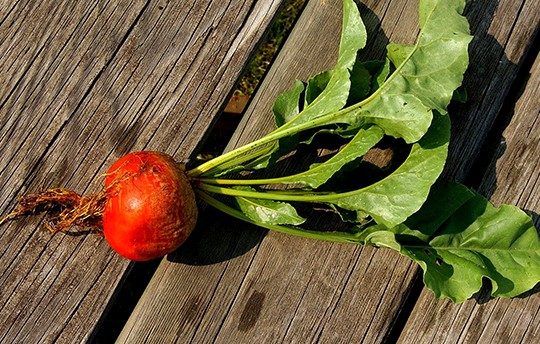 ‘Burpee’s Golden’ produces rounded roots that are orange yellow in colour. This rich and beautiful coloration remains even after cooking. In my opinion, this cultivar’s complex flavour exceeds that of the red colour varieties. It is recommended to seed them closer than the other cultivars as their germination rate is lower. ‘Burpee’s Golden’ is great in salads with olive oil, balsamic vinegar and a touch of thyme.
‘Burpee’s Golden’ produces rounded roots that are orange yellow in colour. This rich and beautiful coloration remains even after cooking. In my opinion, this cultivar’s complex flavour exceeds that of the red colour varieties. It is recommended to seed them closer than the other cultivars as their germination rate is lower. ‘Burpee’s Golden’ is great in salads with olive oil, balsamic vinegar and a touch of thyme.
‘Bull’s Blood’
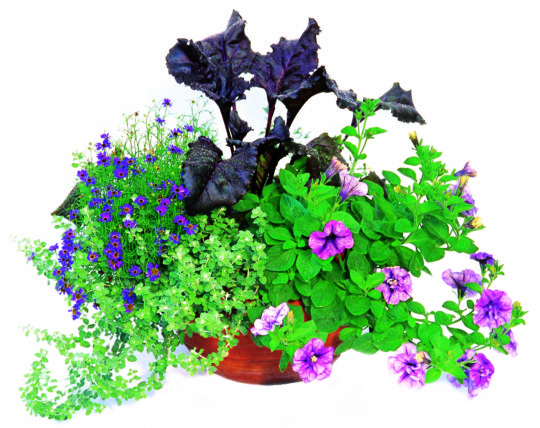
In addition to forming a wine-red root, this cultivar has highly decorative purple leaves that make delicious salads. The root may be harvested after about 70 days of ripening, while the foliage may be harvested after only 45 days.
‘Chioggia’
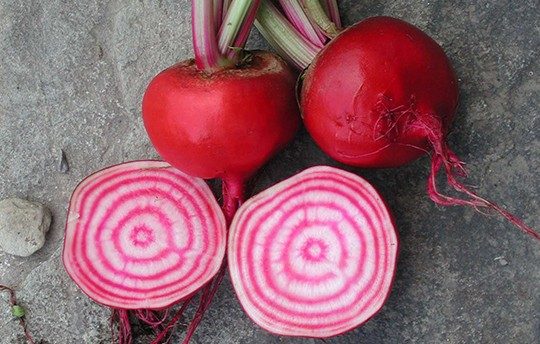
Also called “Barbietola de Chioggia”, this old cultivar is of Italian origin. This very singular beet produces a root whose flesh is two-coloured. When it is cut, dark pink concentric circles alternating with white circles can be observed. Unfortunately, this coloration is lost with cooking.
‘Crapaudine’
This old beet cultivar is of French origin. It is characterized by its long, conical root – which can sometimes exceed 30 cm in length – whose wrinkled texture is similar to tree bark. Its very dark purplish-red flesh has a sweet flavour that cannot be matched.
Suggested Products
-
No suggested products found.
